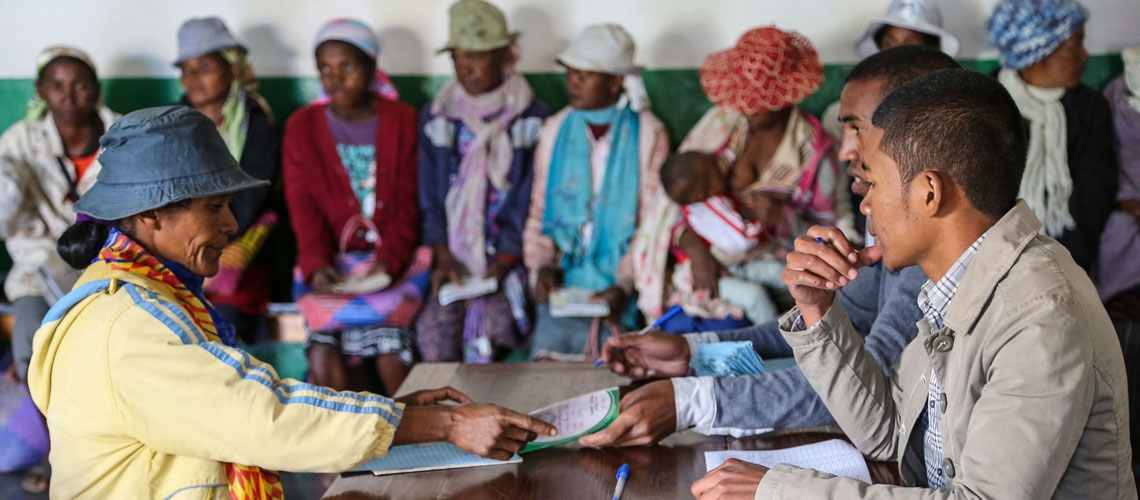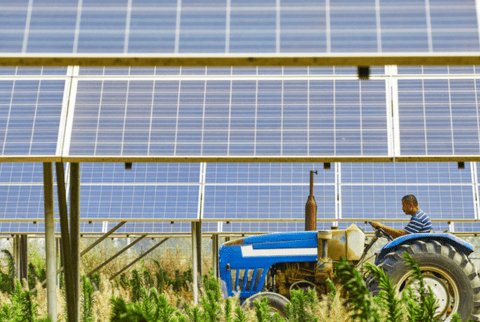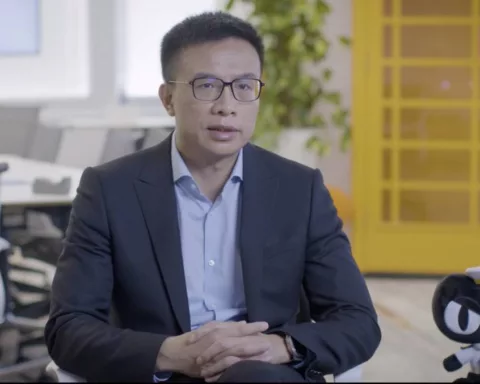For the first time in two decades, extreme poverty is rising around the world, as COVID-19 threatens to erode years of hard-won progress. The World Bank estimates that the economic fallout from the pandemic may add as many as 150 million extreme poor by 2021. Women, children, displaced populations, and people with disabilities have been particularly hard hit.
As governments and development partners urgently seek to reverse the trend and help the very poor, growing evidence shows that coordinated economic inclusion interventions can provide a valuable pathway out of extreme poverty.
Social protection measures, including cash transfers, are essential pillars of anti-poverty programs. While they have the power to boost assets and resilience for the poorest people, they are not sufficient to address the potential multiple constraints that prevent the poorest and most vulnerable from climbing out, and staying out, of poverty. These other constraints could include lack of education or training, insufficient job opportunities, absence of assets, or inability to access markets and finance.
To meet this challenge, the recent State of Economic Inclusion Report 2021 looks at how governments can build on foundational investments – including social protection, livelihoods and jobs, and financial inclusion – to improve opportunities for the poor.
Published by the Partnership for Economic Inclusion (PEI), a unique collaboration among national governments, the World Bank, and a broad range of development stakeholders, the report takes stock of global efforts to scale up economic inclusion interventions for the poorest, with a focus on building livelihoods and jobs. Surveying 219 programs covering 92 million individuals in 75 countries, it finds evidence that such interventions can indeed provide population segments who are often left behind with a springboard out of poverty and into sustainable livelihoods.
Led by governments or nongovernmental organizations, these economic inclusion initiatives vary in scope and address different target populations. Rooted in communities and emphasizing partnership, interventions are designed to be flexible to meet local needs and to evolve as new challenges emerge, such as the COVID-19 pandemic or the increasing impact of climate change. Whether they target female-headed households in Niger, a displaced population in Afghanistan, or an indigenous group in Peru, they share a multipronged approach that combines several types of anti-poverty measures—cash grants, training, coaching, market access, and services—to maximize impact and transform the lives of people who face extreme poverty.
Economic inclusion programs also play a critical role in the quest for more, better, and inclusive jobs, a key focus of the World Bank Group. While the impacts of COVID-19 are far-reaching, they fall disproportionately on the poorest, thus deepening poverty traps and exacerbating vulnerabilities. At the household level, the impacts are seen most immediately through rising food prices, declining income opportunities, and irreversible health shocks.
What it will take to meaningfully change the economic prospects of the extremely poor and vulnerable? The report highlights three key areas for solving this stubborn challenge:
Access to earning opportunities: Very poor people, when employed, tend to work in informal and less productive sectors, where pay is low and social insurance non-existent. By bundling together skills training with access to finance, technology, infrastructure, and most importantly, markets and networks, economic inclusion programs can help participants transition into sustainable employment or build livelihoods through self-employment and micro-entrepreneurship. In Peru, the Haku Wiñay program has successfully linked the poorest with local markets, through strong collaboration with social protection and agriculture institutions. This has enabled rural households to invest in productive assets, resulting in an almost 8 percent increase in household incomes.
Women’s economic empowerment: Ensuring that women have more agency and financial independence is key to reducing poverty. Nearly 90 percent of programs the report surveyed have a gender focus, reflecting greater recognition that when women work, there is a positive and transformative impact on individuals and the community. In Zambia, the World Bank funds the Supporting Women’s Livelihood component of the Girls Education and Women’s Empowerment project, which has provided 75,000 poor women with life and business skills training, mentorship, and support to form savings groups.
Opportunities for youth: Young people from the poorest families often struggle to find suitable employment, particularly in urban areas. This is because they often lack the skills, knowledge, or network to translate their education into good jobs. Given high levels of youth underemployment and uncertain paths to formal jobs, economic inclusion programs can provide opportunities for self-employment and microenterprise development. For example, in Uganda, groups of young adults received funding for technical and vocational training through a Youth Opportunities program that also provided tools and materials for their chosen vocation. Four years into the program, the youth participants were 65 percent more likely to practice a skilled trade such as carpentry, tailoring, or hairstyling; 38 percent reported higher earnings, while business assets increased 57 percent.
Economic inclusion efforts are transforming the lives of millions of individuals, removing the constraints that prevent the poorest from reaching their productive potential. The World Bank currently funds 157 such programs worldwide, in sectors that include social protection, job creation, agriculture, environment, finance, innovation, social development, and education. We will continue to promote a multidimensional approach to reducing poverty and mitigating the impact of the global emergency, and to create valuable human capital that will be needed to fuel economic recovery.






